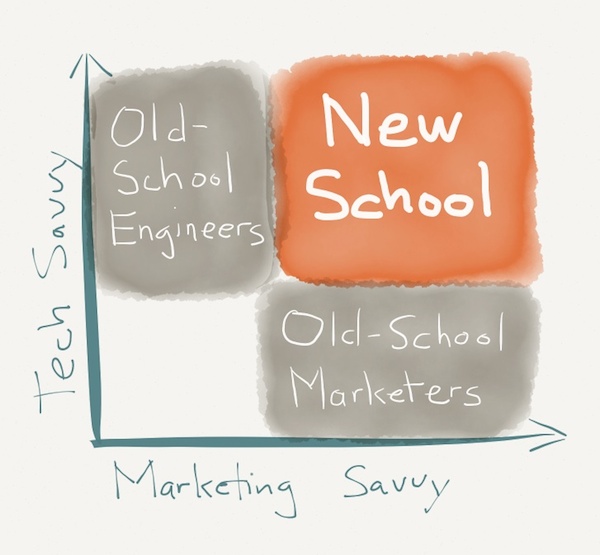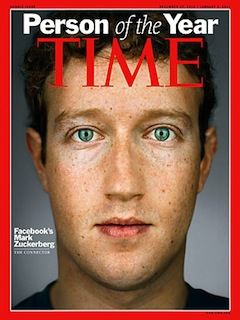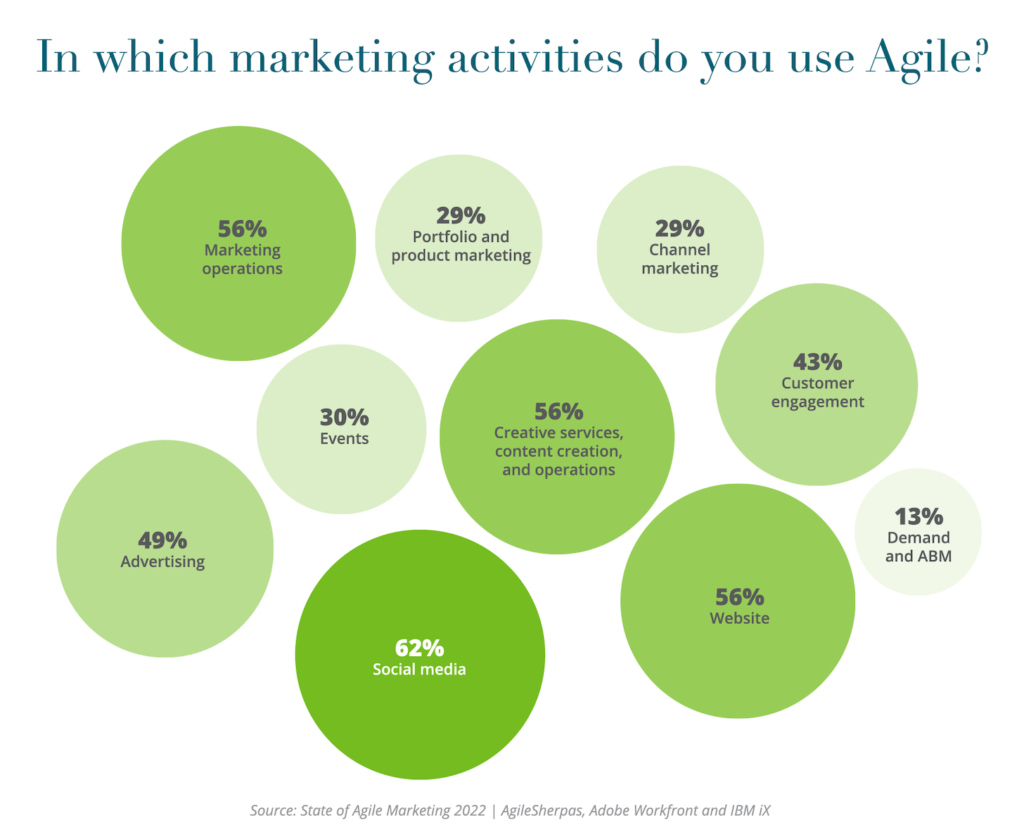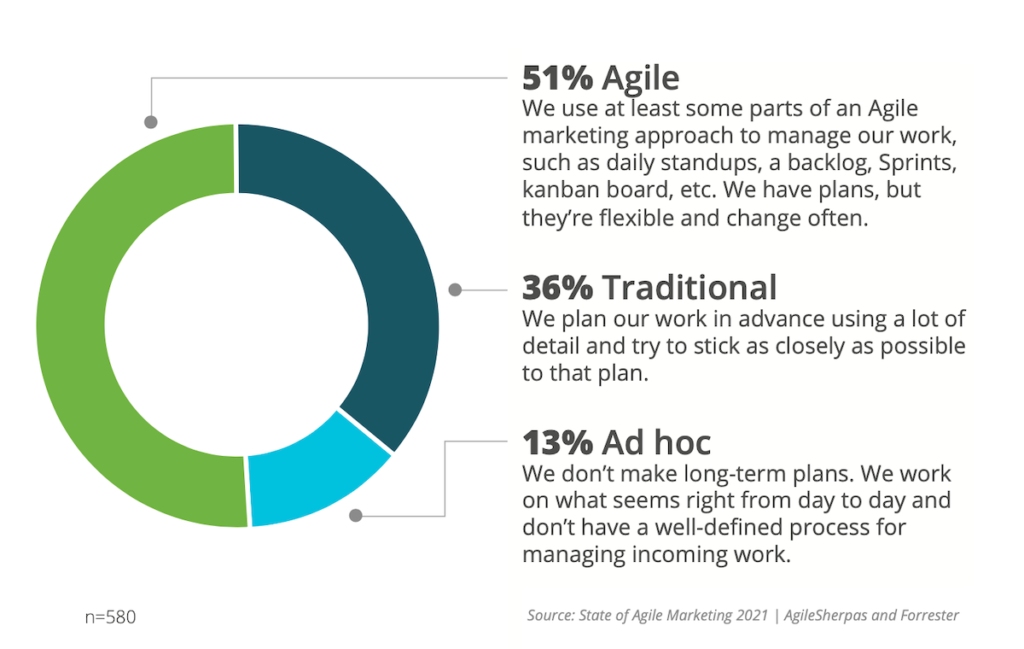I spend a lot of time thinking about how engineering culture and capabilities are seeping into marketing’s ecosystem. Marketers are becoming more tech-savvy by the day, which is a fascinating transformation to behold.
But it struck me recently how much the inverse is happening too: many of the signature characteristics of marketing have now become a part of engineering culture. Engineers are becoming quite marketing-savvy in their trade. This isn’t about engineers working in marketing (although that’s what marketing technologists do). It’s about engineers natively applying marketing principles in their own endeavors.
No offense is intended to engineers by this remark! I know the old-school clichés — engineers considered most marketing to be fluff and spin. In days past, that was sometimes a fair indictment too.
But new-school marketing is different. Content marketing, social media marketing, and customer experience marketing are intently focused on delivering real value to prospects and customers. New-school marketers probably have as much derision for fluff and spin as any cynical system administrator caricature ever did.
New-school engineering is different than its predecessor too. The old-school clichés of engineers as poor communicators, sequestered in back rooms, disconnected from the business and customers, are now laughable. Some might argue that we’re suffering from the polar opposite of that archetype — CNN just ran an article bemoaning the rise of “brogrammer” culture. But even without that extreme, it’s not hard to see that software engineering has shifted to a highly collaborative, customer-centric profession that has become quite adept at outward communications, promotion, and business strategy.
I believe that three forces have driven this transformation:
- Open source software communities
- Agile software development
- Celebration of the engineer-entrepreneur
There are a lot of lessons that marketers can learn from these dynamics, so let’s look at each.
Open source software communities as marketing organizations
Open source software has been tremendously successful: Linux as an operating system, MySQL as a database, Apache as a web server, and thousands and thousands of other great products and platforms. This success is certainly built on technical accomplishments — an extremely discerning kind of peer-reviewed ecosystem.
But open source success is also due to engineer-driven marketing. Open source projects exist in the marketplace of ideas, competing with each other for the precious commodities that marketers have always competed for — attention and adoption — and, even more ambitiously, participating contributors. The classic book The Cathedral & The Bazaar describes a number of the technical and marketing aspects of that competition from several early successful open source projects.
But since that book was written more than 10 years ago, the “marketing” aspects of open source seem to have only grown in popularity and sophistication — making them an integral part of engineering culture. Consider the following:
- Web sites for open source projects are increasingly well-designed and rich in content. Often this content includes social proof of well-known brands that have adopted the software and case studies of their implementations. They feature screencasts, presentations, and ebooks — deep, genuine materials that any content marketer would rightly envy.
- Great engineers and open source project advocates also use blogs prolifically to share ideas, persuade others to their point of view, and disseminate learning and knowledge related to their projects. The writing on many of these blogs is passionate and compelling, and in a very real sense helps build the brands of those individuals and their respective open source communities.
- Engineers engage in a highly effective kind of social media marketing through sites such as Stack Overflow, a Q&A site focused on technical topics. Projects and people earn credibility through the quality and quantity of answers to questions. A popular “tag” in Stack Overflow is a good sign of a thriving open source project. This is promotion through helping real customers with real solutions — fluff and spin are not tolerated — and it’s impressively responsive.
- Personality has become a significant force in the promotion of many open source projects, where humor and wit combine with well-defined platform philosophies and “opinionated” software architecture. Exhibit A: the Ruby on Rails community and it’s colorful founder David Heinemeier Hansson. These are brands that thrive on more than just their technical merits.
- Such open engagement in winning an audience is not restricted to online forums — engineers speak regularly at conferences, unconferences, meet-ups, workshops, hack-a-thons, and more. They invented many of these new event formats! From a marketing perspective, such events have been incredibly successful at building momentum for open source projects and communities. The quality of the presentations are often superb too, featured on SlideShare, and would make Garr Reynolds proud.
- Open source projects nurture loose and formal co-marketing relationships with each other. There are ecosystems of smaller developments that orbit larger open source platforms, such as the gems and plugins for Rails. There are also alliances of larger platforms that work well together, such as the popular LAMP stack bundle for web applications. Open source projects are often masterful at using APIs and data as a new kind of marketing to drive adoption.
There are more examples, but you get the point: open source software initiatives have become thriving ventures championed by engineer-led marketing. And for most engineers, since such marketing is genuine — developing meaningful connections with their audience — it’s valued and respected. Say so long to the stereotypes of the last century.
Agile software development as a driver of engineering-marketing culture
Software development in the old days — like marketing in the old days — operated on long schedules of months or years, with the planning stage often separated from the implementation and delivery stages by huge gulfs of time. The process often isolated engineers from customer and market feedback along the way. And it all too frequently resulted in outcomes that made everyone unhappy. (“This isn’t what I want!” “It’s what you said you wanted 18 months ago!”)
Seeking a better way, a group of pioneering engineers got together and penned the Manifesto for Agile Software Development. The first principle: our highest priority is to satisfy the customer through early and continuous delivery.
Agile software development methodologies put the customer at the center of the development process, emphasize continuous interaction between engineers and customers (or their internal proxies), and take a more iterative approach to implementing large projects to have faster feedback loops and quick adaptation to change.
Agile has been widely embraced over the past decade, and its adoption has fostered principles of customer-centricity deep in engineering culture:
- Understanding what the customer truly wants and values is given top priority in the development process. Developers and customers (or product owners on their behalf) meet daily to evolve the product vision together. The iterative design and implementation process lets the best solution emerge organically from showing, discussing, and revising features.
- Faster speed to market and quicker responses to opportunities/threats are enabled by the rapid iteration of agile development. The capability to react quickly — and through that be more competitive in the market — is a badge of honor for agile practitioners. “Release early and release often.”
- Usability and user experience (UX) design are now a core part of development. The customer-centric design process has caused engineers to appreciate and value good UX and strive to incorporate that into products from conception — not merely sprinkled on at the end. Non-designers eagerly seek the participation of designers or find other ways to leverage their contributions (see Twitter Bootstrap as an example of an open source design framework).
- A commitment to consistent quality as a key feature through continuous integration and test-driven development tactics. These “baked in” approaches to quality provide the flexibility to release software more quickly and fulfill customer expectations more reliably.
- Metrics are used to quantitatively measure improvement. Data on how customers use products is treasured, both to uncover new opportunities for improvement and to gauge the success of new changes released. This is often business data as much as it is technical data, under a mantra of “you optimize what you measure.” A/B testing is now commonly applied in many web software applications, encouraging agile teams to achieve the best user experiences through real-world experiments.
When it comes to product management in an agile organization, the perspectives of engineering and marketing blend together harmoniously into a hybrid engineering-marketing culture. What’s considered great engineering is also what’s considered great marketing. That’s an amazing achievement when you think about it.
Frankly, many marketing teams could actually improve their own customer-centricity in other aspects of their work by modeling themselves on the success of agile engineering teams — in fact, that’s exactly what agile marketing is all about.
Celebration of the engineer-entrepreneur
Computer scientist Alan Kay famously remarked, “The best way to predict the future is to invent it.”
While there have long been famous examples of engineers who became entrepreneurs — Bill Hewlett of Hewlett-Packard and Bill Gates of Microsoft leap to mind — the correlation of those two callings has grown substantially in the Internet age. Consider some of the hottest Internet companies, all founded by software engineers:
- Larry Page and Sergey Brin who created Google
- Mark Zuckerberg who created Facebook
- Jack Dorsey who created Twitter and then Square
There are literally thousands of examples of engineer-entrepreneurs from the past ten years. Most recently in the news, Kevin Systrom and Mike Krieger who created Instagram, which Facebook just purchased for $1 billion. But even on a more modest scale, consider the hundreds of thousands of offerings in Apple’s App Store for the iPhone and iPad.
Part of the explosion of engineer-entrepreneurs is due to the structural changes in the software industry. It has never been easier or cheaper to build great software products — leveraging open source foundations and scalable cloud computing infrastructure — to launch a new idea. And, thanks to the reach and network dynamics of digital marketing, it’s never been easier or cheaper to promote and distribute those products worldwide.
These have enabled the explosion of engineering-driven entrepreneurship, but there’s something else that’s helped motivate it.
Over the past 10 years, it has become cool in engineering circles to be an entrepreneur. Building something technically impressive still earns respect. But building something that is commercially successful also earns respect — even if its technical merits are minimal. It’s not just about the money either. It’s about the pride of making something that other people want and architecting ways to grow and sustain a business around them.
Engineer-entrepreneurs are celebrated among their peers and by the world at large, and it’s fundamentally changed engineering culture.
Even engineers who aren’t full-time entrepreneurs increasingly have small ventures on the side: a Web 2.0 application, an iPhone or iPad app, a project on Kickstarter, etc. This instinct to tinker with new ideas to open up business opportunities has become so powerful within engineering culture that even large companies are seeking to tap into it for intrapreneurship, such as Google’s 20% time.
The result: engineers increasingly think about the marketing and business dynamics at play with their products, entwining those facets of a successful product with their technical design and implementation. The concept of growth hackers arises from this interplay of marketing and technology.
If you consider all the above factors together, it’s easy to see that new-school engineers have both tech savvy and marketing savvy.
And that blurs the line with new-school marketers — who are increasingly adding tech savviness to their marketing skills.
The new school is a convergence of marketing and engineering. And that’s pretty cool.







Nice post. I would add that for engineers to become true marketers, if they want to, it does require some non-trivial mindset shifts, see here where I wrote about this very transition…
http://first-productmarketing.blogspot.com/2011/05/getting-your-head-around-mindset.html
It is the 3rd example…